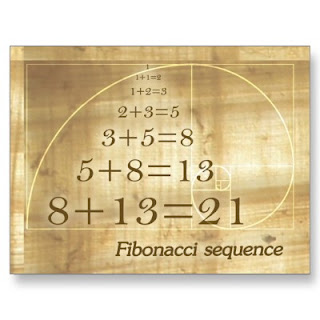STUCK BETWEEN TWO CLOSE OPTIONS ,DON'T KNOW WHAT TO DO NOW.Below is the strategy we must use to tackle such situations and link to
download pdf OF RC-CHALLENGER.
Here are some ways in which you might eliminate choices. Most of these would be commonly applicable to many types of questions
ALSO READ:
1.
Answers that are possible but not certain, or in essence, answers that cannot be directly inferred from what is given in the stimulus. Our final answer choice is something that must be CERTAIN, not POSSIBLE.
2.
Answer choices that don’t agree with the tone of the passage. If the wording in the stimulus is strong, then the answer choice can be strong but if the wording in the stimulus is weak, then the answer choice cannot be strong. For instance, consider the following example of a stimulus .
“Most steroids cause buildup of water in the body and lead to increase in body weight. While exercising and dieting can help lose this excess weight, some weight gain is unlikely to be preventable"
Notice the wording highlighted in the paragraph. It says “some” weight gain is “likely”. This means that the author is using a “broad” tone of passage. He is not emphasizing and saying that it’s impossible to have steroids without weight gain. He is merely stating that some weight loss is mostly likely. When you have something like this, the answer choice cannot have strongly worded phrases like the following:
A. A doctor should never prescribe steroids to an obese person –
Clearly this is a wrong answer. Nothing in the stimulus talks about such a drastic statement. This statement is out-of-tone with the rest of the passage.
B. People who want to lose weight and gain muscle must never take steroids –
Once again, a really bold statement that is not validated by the stimulus. Could it be possible? Yes, it’s possible. But is it certain? No. So eliminate this as well.
C. At least some people gain weight from taking steroids – Seems to be true.
The conclusion says that “some” weight gain is likely. This is not overtly strict in tone and seems to be indicative of something right. So let’s keep this one for now.
D. Weight gain due to steroids should be because of a lack of dieting.
Once again, really strong wording and nowhere in the paragraph does it talk about a lack of dieting being a cause for weight gain. So we can eliminate this.
E. Everyone taking steroids should diet to maintain weight –
Seems almost like an outrageous statement and doesn’t draw anything from the stimulus, hence it can be eliminated.
So upon analysis of a seemingly straightforward answer, we are able to eliminate unnecessary confusion by watching out for the tone of the passage. This is not only true for the main point questions, but also for any type of CR question. The tone of the passage and the answer choices must go together, if not eliminate!
3. They play the
shell game. This refers to an answer choice that is remarkably similar to what is given in the stimulus but slightly untrue and perhaps polished to make it sound more attractive to the test-take. Don’t fall for this trap!
4. For the Main Point type question
some of the choices might repeat the premise of the question but it might not be the “main” point that the stimulus is trying to express and hence this is wrong
5.
Some answer choices could reverse the causality or state the reverse of what’s true. Causality refers to the cause-effect relationship. Instead of saying “X caused Y” the answer choice might say “Y caused X”. This is also a trap.
6.
They might indicate a non-existent relation.e.g– “Since there’s a proportional weight increase from taking steroids, dietary restrictions must be followed”. This is clearly wrong since the stimulus says nothing about a “proportional” relationship. Don’t fall for this trap!







































.jpg)







